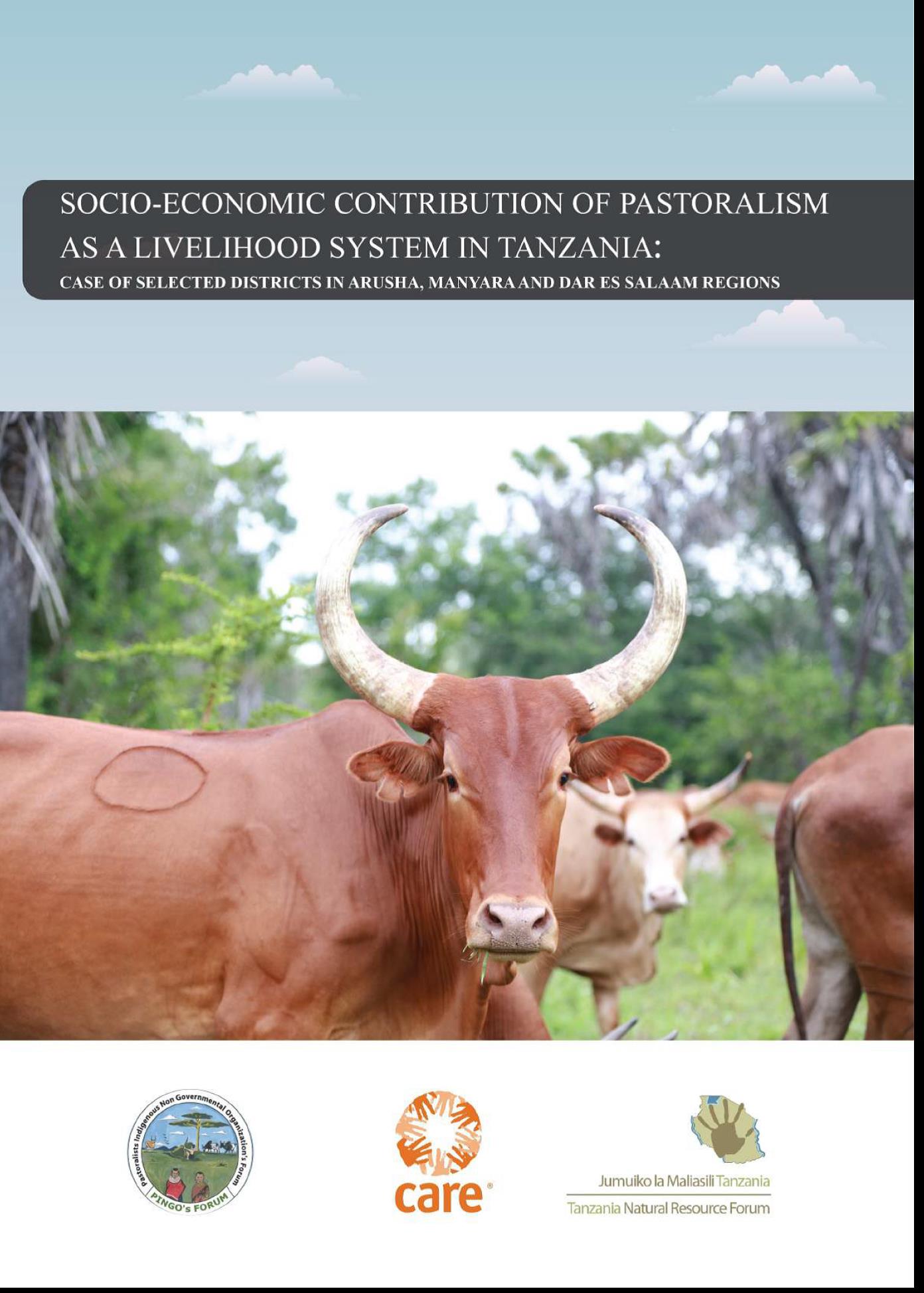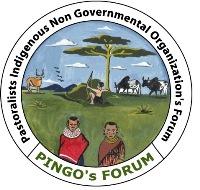Resource information
©2016
Tanzania is endowed with numerous resources including livestock. It is number three country in Africa in terms of livestock population after Ethiopia and Sudan. Currently, the country (Tanzania) has more than 22 million livestock, of which at least 95% are indigenous animals kept under traditional livelihood model known as indigenous pastoralism. At least 70% of Tanzanians earn their living through agro-pastoralism whereby around 40% of them entirely practices indigenous pastoralism. Those include Maasai, and Barbaig who are also internationally recognized and protected as indigenous people because of their unique livelihood connectivity to the nature. The indigenous pastoralism plays double roles, namely; being an income or revenue generator; and two, being a means of social livelihood. Its contributions to this two folds (social and economic) at individual and national level is not well documented due to, inter alia, negative mindset of some of the decision makers about this traditional model; and scant information about its usefulness. As such, numerous government records suggest contradictory estimates of pastoralism. In this way, the false impression about pastoralism is perpetuatedby the policy makers and law enforcers. This study was aimed at addressing the information gap about socio-economic contributions of pastoralism. With aid of value chain analysis; total economic value; and total use value, by sampling four pastoral districts (Monduli, Simanjiro, Londigo and Arumeru) and Pugu, Ilala Dar es Salaam (being a terminal livestock market) as case studies, it was found that, indeed, this livelihood model contributes tremendously to micro and macro development areas. For instance, the sampled pastoral districts almost entirely depend on this model to earn revenues for the whole district machineries (more than 90% of own source budgets). The central government earns billions of shillings through charges, taxes, exports, and other forms of income. At household level, the livestock remain to be wealthiest assets amongst rural residents. They get milk and meat; but also, capital, school fees, and other socio-economic benefits. Livestock is their trustworthy banks and insurance. As for urban residents, indigenous livestock’s products and by-products offer employment opportunities to millions of people. The urban hotels, pubs, markets, etc trade indigenous beef, milk, and the like. Pastoralism is one of the food security strategies mentioned in the government reports. It is everything.
Owing to the numerous challenges facing this economic sub-sector, it is hereby recommended, inter alia, that, the regulatory frameworks should be reformed further to accommodate pastoral norms e.g communal grazing land. It is also recommended that, livestock marketing structures should be improved and that, improvements of breed, pastures and value addition of livestock product to be a must.


